The all-new Toyota Mirai Concept takes a more modern and luxurious, if not more conventional, shape to make its next big move forward.
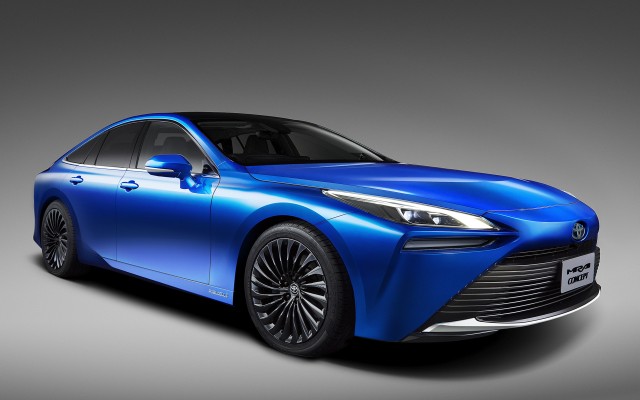
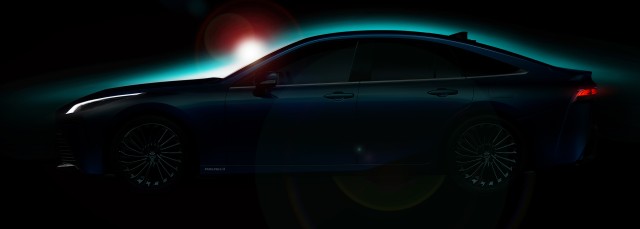
The Toyota Mirai was the first production hydrogen fuel cell electric vehicle (FCEV) from the Japanese major, and one of the first in the world to be available to order when it arrived in 2015. In whatever limited numbers it sold, dotting landscapes — I spotted one in Germany — it looked futuristic and ahead of its time; almost like an evolution of the Prius, in both design and principle. The all-new Mirai, previewed as a concept model at the 2019 Tokyo Motor Show and at the Los Angeles Auto Show, is the car that will take the brand into the future; a cleaner and more efficient future.
The new Toyota Mirai has been reimagined and completely redesigned. It not only features smooth, curvaceous and rather sporty styling, but also boosts its efficient performance even more with the promise of significantly greater range, improved driving performance, and better passenger comfort and cabin space. It’s now 4,975 mm long and has a wheelbase of 2,920 mm.
The Mirai is built on the premium rear-wheel drive TNGA (Toyota Next Gen Architecture) platform, one that was engineered from the outset to accommodate Toyota’s full range of powertrains, including hydrogen fuel cells. The modular platform gives the new Toyota Mirai Concept a higher degree of body rigidity, contributing to greater agility and responsiveness, and a lower centre of gravity, which makes for more nimble and rewarding handling characteristics.
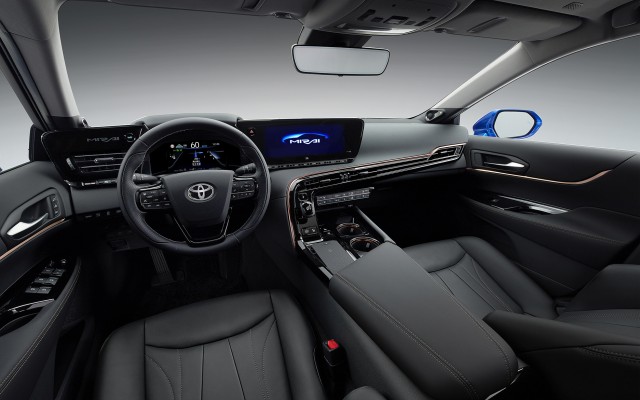
The interior of the new Mirai sees a 12.3-inch screen on the centre console and a driver-focused instrument panel that provides a simple yet modern ambience with an air of warmth and comfort. Thanks to the fuel cell system configuration in the TNGA platform, the new car allows for five seats instead of the current Mirai’s four.
Underneath, the Toyota Mirai has also been further improved with its fuel cell system performance and hydrogen storage capacity both seeing an increase. These changes allow will it to travel as much as 30 per cent more on a single fill-up. While no official numbers have been disclosed, the previous car had a 113-kW electric motor, capable of 153 hp and 335 Nm, a sealed 34-cell nickel-metal hydride battery, and two high-pressure hydrogen tanks for a total storage of 122 litres which offered a range of about 500 km.
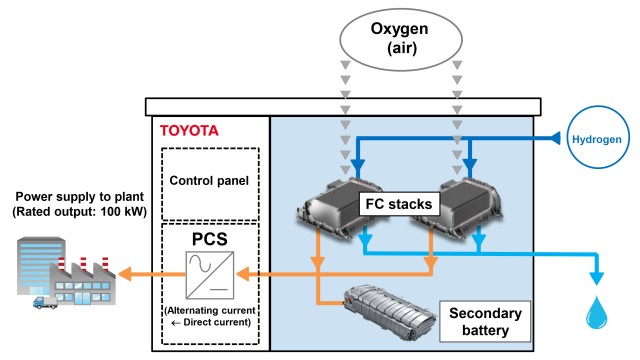
The improvements to the fuel cell system allow for more than just increased range. They also offer a smoother, more linear response when driving away, with better cohesion between pedal input and acceleration. The handling characteristics aim to be light and easy on winding roads, with an exceptional sense of power at all speeds when on the highway.
The new Toyota Mirai is scheduled for launch towards the end of this year and will be initially offered in Japan, North America and Europe.
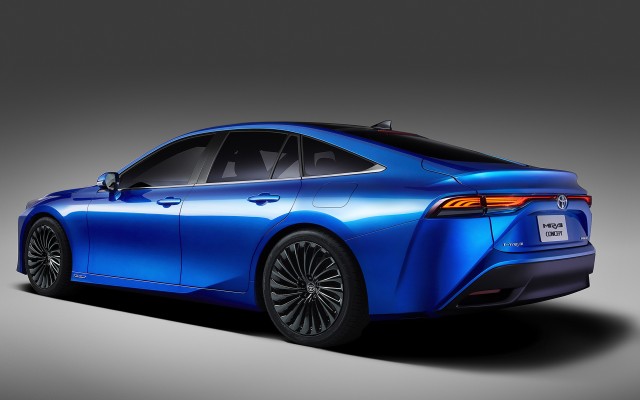
Beyond Mobility: FC Generator

Toyota and Toyota Energy Solutions, Inc have jointly developed a stationary fuel cell generator (FC generator) that makes use of the Mirai’s fuel cell system. It has been installed within the Honsha Plant grounds in Toyota City and verification tests have already commenced.
The FC generator uses two of each system component equipped in the Mirai, including its fuel cell stack, power control unit, and secondary battery. By using these components, Toyota seek to produce a high-performance generator at a reasonable price.
For the verification tests, the electricity generated by the FC generator will be used inside the Honsha Plant. The generator will operate continuously for 24 hours a day and generate a rated output of 100 kW. The energy efficiency ― the amount of electricity it generates per unit of hydrogen, the stability of the generated output, and the durability and ease of maintenance of the generator will be verified and evaluated.




